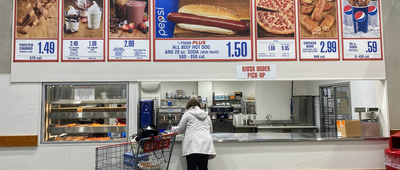Gum Again?
Most of us don't think a lot about gum — we just chew it. But as with so many other things, it turns out chewing gum has a pretty fascinating backstory — and in honor of National Bubble Gum Day, Feb. 3, it's time to pay homage. From gum's beginnings to how it has spawned pop culture moments, modern-day industry innovations, and more, here is all the fascinating gum trivia you can possibly ponder. Now grab a stick of the stuff and get to reading.



























